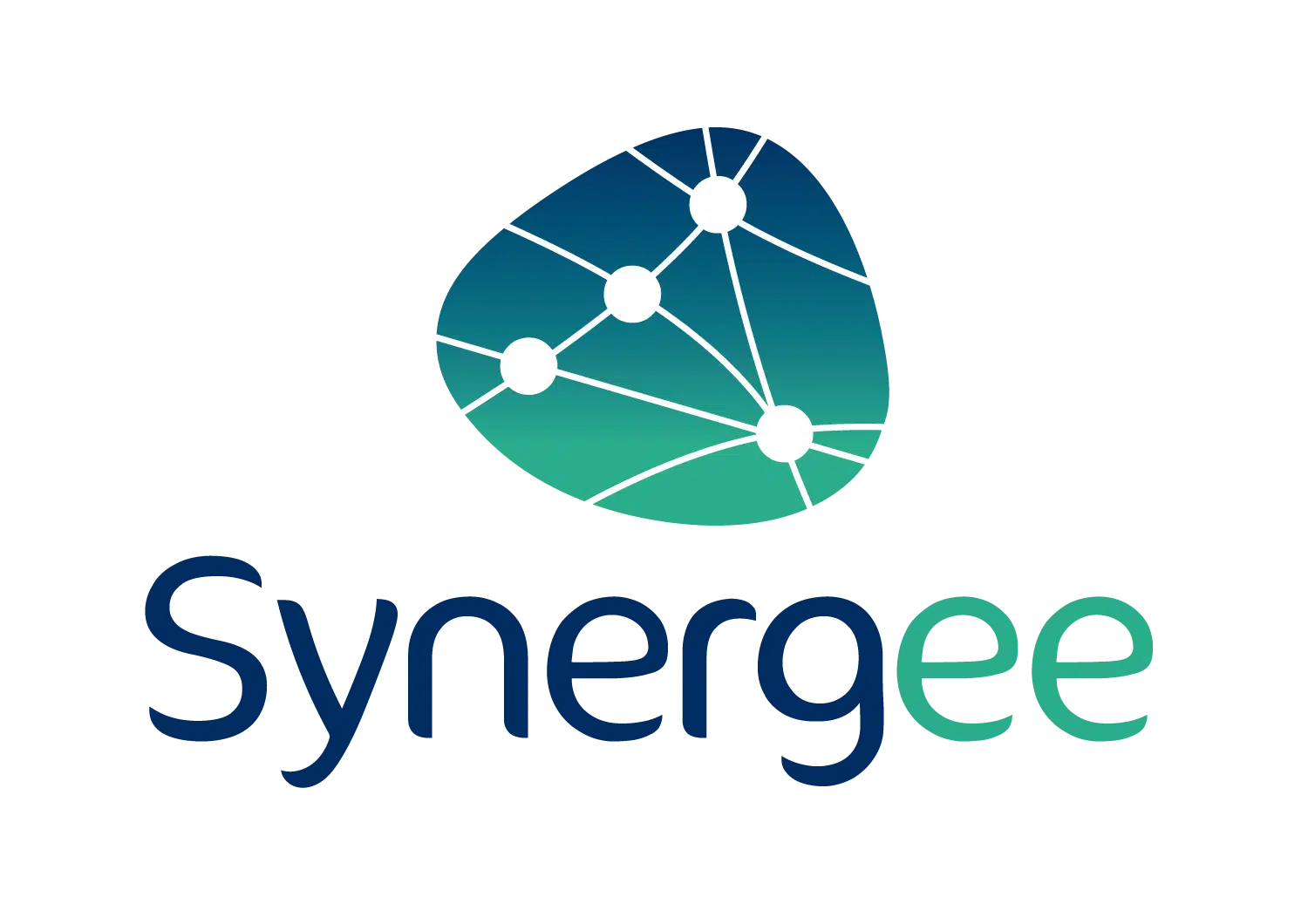What is a decision analysis tool like AGT IG4?
A business intelligence tool identifies average indicators for each operating line. It provides dashboards that reveal good and bad practices within the network. The idea is that each member can compare his or her activity and results with those of other members. By comparing ourselves with the best performers, we can create a degree of emulation. It also makes budget management easier. We move from an annual to a monthly balance sheet.
What benefits do network heads derive from these solutions?
Network heads have greater control over risk, with a permanent, real-time view of the life of their network. During periods of recession and crisis, such as last year, these tools are reassuring. They make it possible to find solutions to meet different needs, and above all to anticipate. These tools also reassure our various partners (banks, suppliers, etc.) as to the health of the company. What's more, as best practices are identified and visible to all, the network coordinator can easily prove their effectiveness and implement them more rapidly.
The LME (Law on the modernization of the economy) of 2009 modified the rules governing payment terms. How can BI tools help networks to adapt?
The LME concerns the definition of inventories. Business intelligence solutions provide performance indicators that enable us to assess the quantity of stock and determine whether selling prices are too high or too low. All these data have an impact on the supplier credit period. The software enables networks to anticipate their needs based on the analyzed data.
Are there any major differences in the services required by a franchise network compared with a grouping or other form of organized trade?
None at all! The concerns and issues are the same. In each case, you need to identify best practices. The only difference is in the way they operate. In a franchise, if the head of the network wants to impose it without asking anyone for anything, they can. In a cooperative, the process must include every member. Above all, practices vary from one business to another: the indicators studied will be different in real estate than in the service sector.
At what point in their development do networks take an interest in these tools?
Of course, it's not something that happens when you start a business. We mustn't forget that business is still the foundation. On the other hand, networks are coming to these solutions earlier and earlier. They need to manage information. Today's tools are increasingly accessible, and can be adapted to mature networks with several hundred points of sale, as well as to young, two-year-old networks with a dozen or so sites.
How much does it cost? How long does it take for the network to recoup its investment?
Ten years ago, this required considerable resources. Today, procedures have become standardized and the cost has been reduced by a factor of 10. For example, for a network of 50 sales outlets, the monthly fee will be €2,500, which works out at €50/month for each member. On average, the cost is between €15 and €60. Some networks choose to pay for everything themselves, while others charge their partners. Such an investment pays for itself within 2 to 8 months.
In practical terms, how do you set up this kind of tool?
Everything is done via the Internet. Each member of the network has access with a login and password. The network head sets the administration rights and chooses what to make visible to each member. From the outset, consultants help the network manager to establish the criteria to be observed and how to interpret the results. The network manager then distributes the results to the entire network. It's in everyone's interest to work together. The franchisee provides one piece of information, but receives another. Everything must be done in this way.



